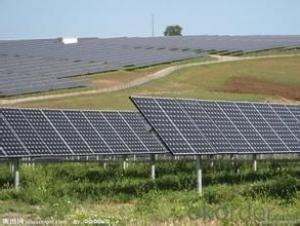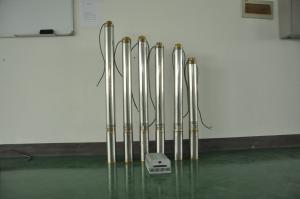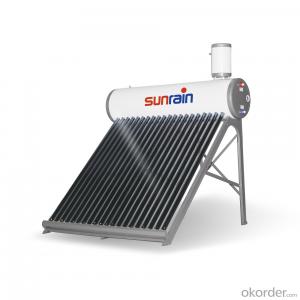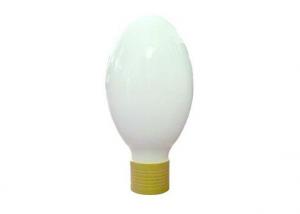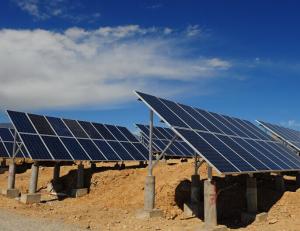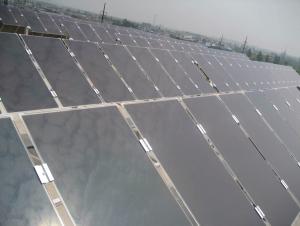Transformerless Solar Inverter
Transformerless Solar Inverter Related Searches
Solar Without Battery Inverter Without Battery Solar Inverter Solar Without Inverter Inverter Without Solar Panel Solar Converter Inverter Solar Solar Inverter Solar Rechargeable Inverter Battery Less Solar Inverter Solar System Without Inverter Hybrid Solar Inverter Solar System Inverter Solar Based Inverter Solar Light Inverter Solar Energy Inverter Inverter Solar Solar Hybrid Inverter Portable Solar Inverter Solar Photovoltaic Inverter Inverter Hybrid Solar Offgrid Solar Inverter Standalone Solar Inverter Large Solar Inverter Reliable Solar Inverter Infini Solar Inverter Hybrid Inverter Solar Solar Electric Inverter Solar Powered Inverter Solar System Hybrid Inverter Inverter Solar Hybrid Top Solar InverterTransformerless Solar Inverter Supplier & Manufacturer from China
Transformerless Solar Inverters are a type of solar power conversion device that eliminates the need for a bulky and expensive transformer, resulting in a more efficient and cost-effective solution for harnessing solar energy. These inverters are designed to convert the direct current (DC) generated by solar panels into alternating current (AC) that can be used by homes and businesses. The absence of a transformer in these inverters allows for a more compact design, reduced weight, and improved energy conversion efficiency.Transformerless Solar Inverters are widely used in various applications, including residential, commercial, and industrial settings. They are particularly beneficial in areas where space is limited, such as rooftop installations, and in situations where energy efficiency is a priority. By removing the transformer, these inverters can operate at higher efficiency levels, reducing energy loss and lowering operational costs. Additionally, their compact size makes them easier to install and maintain, further enhancing their appeal in a variety of usage scenarios.
Okorder.com is a leading wholesale supplier of Transformerless Solar Inverters, offering a vast inventory of high-quality products to meet the diverse needs of customers worldwide. With a commitment to providing reliable and efficient solar power solutions, Okorder.com ensures that their Transformerless Solar Inverters are manufactured to the highest standards, ensuring optimal performance and longevity. By partnering with Okorder.com, customers can access a wide range of Transformerless Solar Inverters at competitive prices, making it easier than ever to harness the power of the sun and reduce reliance on traditional energy sources.
Hot Products

